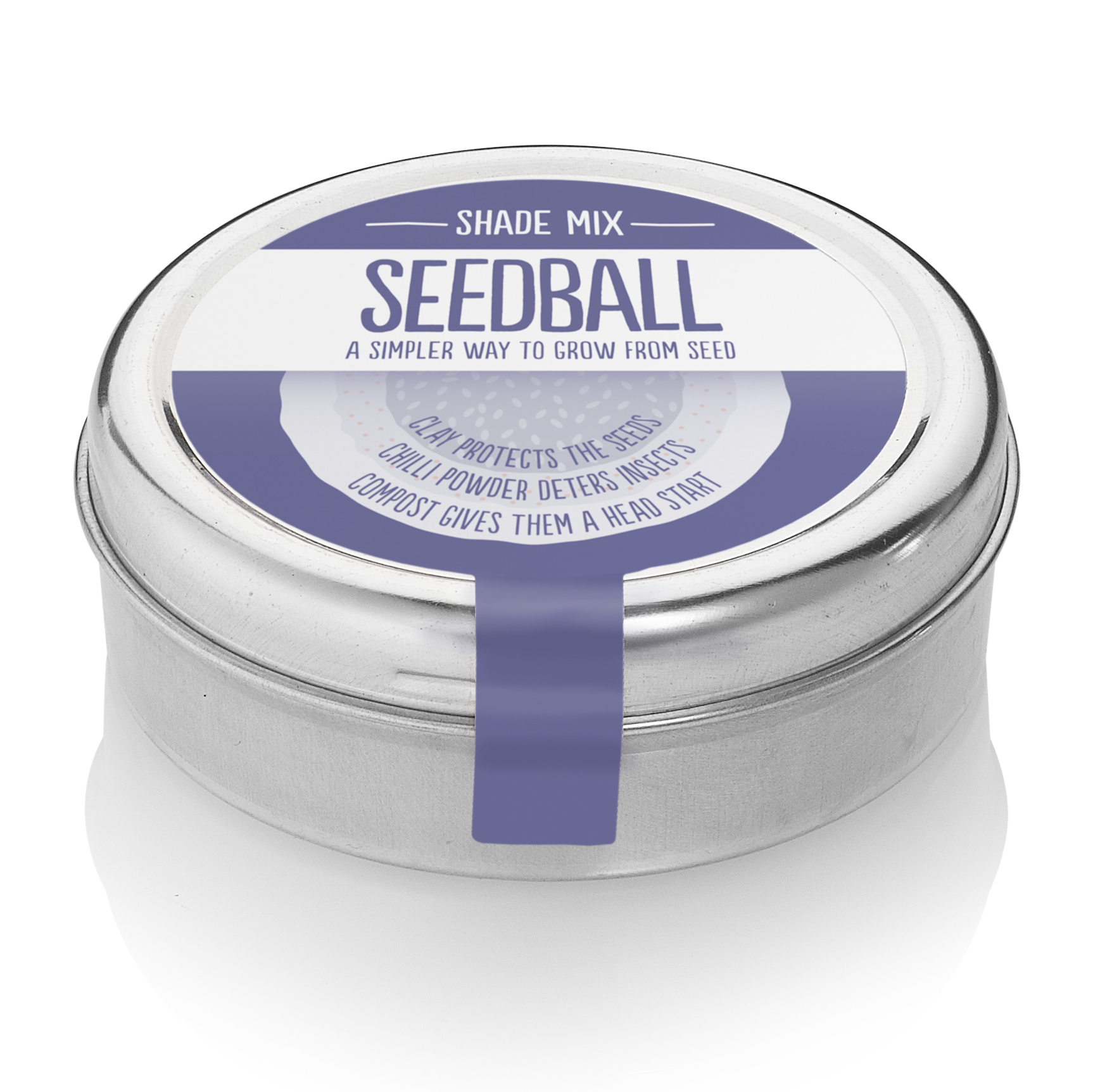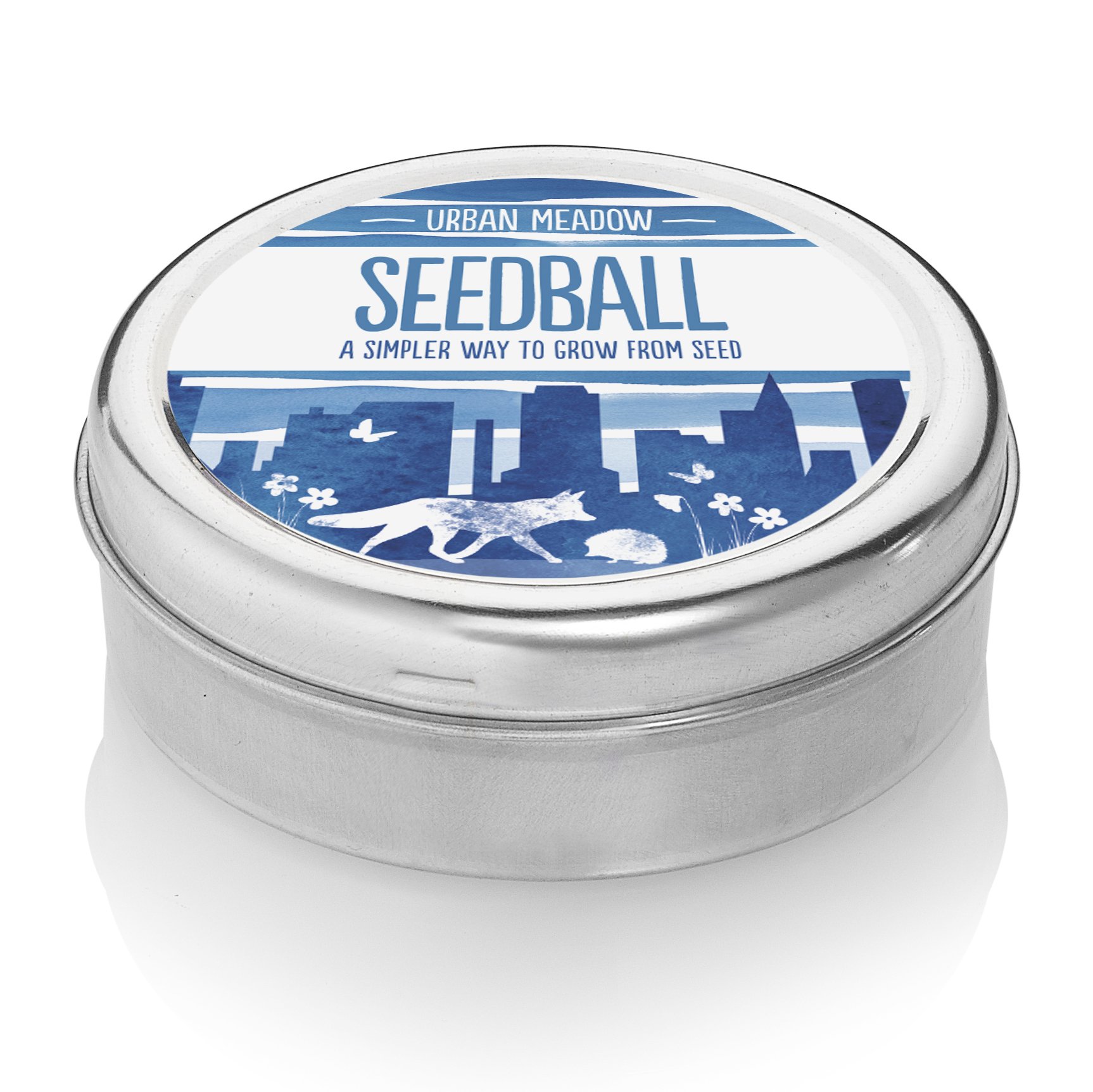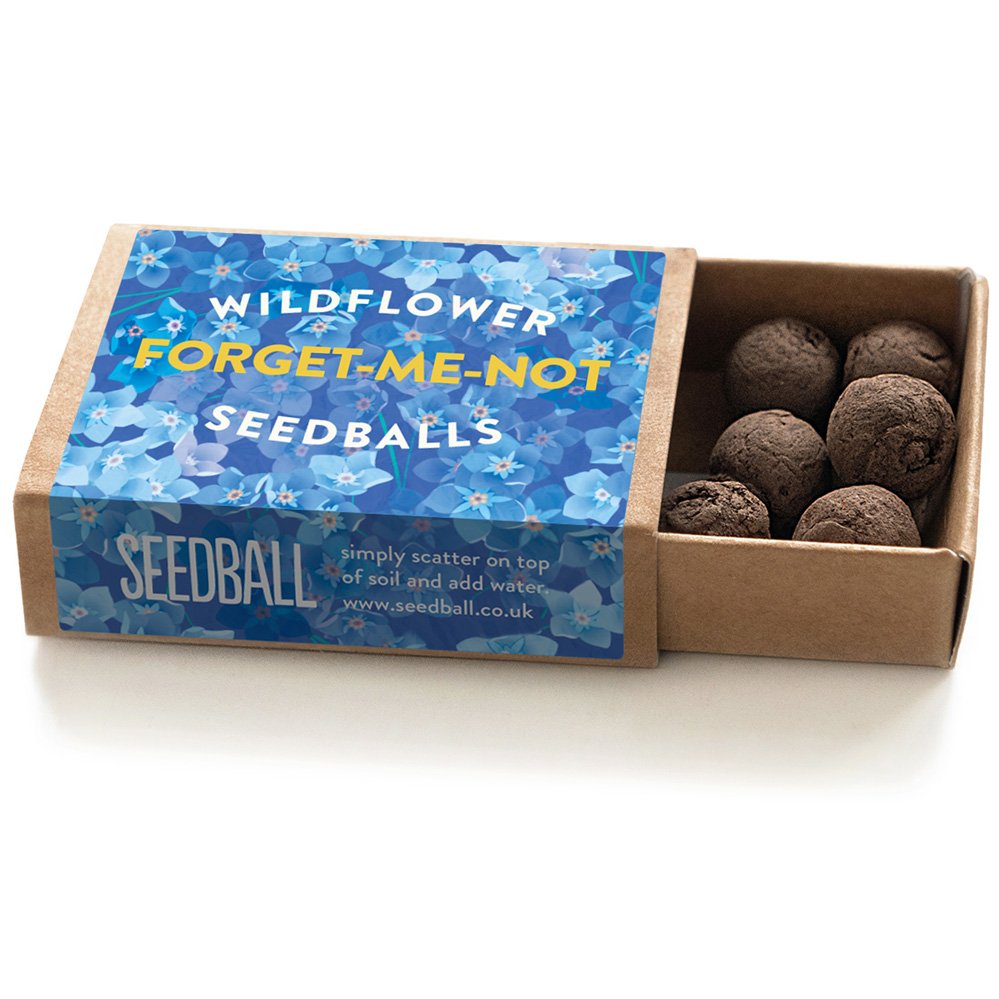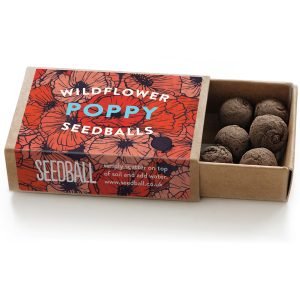5 Things To Promote Wildlife In Your Garden Or Outdoor Space This Spring
Written by Wildlife & Welfare Researcher Adam Martin
As the days grow longer and the weather begins to warm up, it's time to start thinking about how we can help wildlife thrive in our gardens this spring. Even if you only have a small patio area or balcony, there are plenty of small things you can do to make a big difference for the creatures that share our outdoor spaces. In this blog post, we'll explore five simple steps you can take to create a more wildlife-friendly garden this spring in the UK.
1) Plant Native Flowers
One of the easiest and most effective ways to help wildlife in your garden is to plant native flowers. These are plants that have evolved in the UK and are well-adapted to the local climate and soil conditions. Native flowers provide a valuable source of nectar and pollen for bees, butterflies, and other pollinators, which are essential for our food crops and the wider ecosystem.
Some of the best native flowers for pollinators in the UK include:
Bluebells (Hyacinthoides non-scripta)
Cowslips (Primula veris)
Foxgloves (Digitalis purpurea)
Red campion (Silene dioica)
Wild garlic (Allium ursinum)
Yarrow (Achillea millefolium)
Even if you only have a small space, you can still plant these flowers in pots or window boxes. Be sure to choose a sunny spot and use a good quality compost to give your plants the best chance of success.
We are delighted to now offer a wide selection of seeds to buy from our online shop. Click a product below for further details.
2) Provide water
Another important way to help wildlife in your garden is to provide a source of water. This can be as simple as a shallow dish or bird bath, which can be used by birds and other small animals to drink and bathe. Be sure to clean and refill your water source regularly to prevent the spread of disease.
If you have a larger garden, you may want to consider creating a pond. Ponds are a fantastic way to attract a range of wildlife, from frogs and newts to dragonflies and water birds. Even a small pond can provide a valuable habitat for aquatic plants and animals, and can help to improve the biodiversity of your garden.
3) Create shelter
Wildlife needs a safe place to shelter and rest, especially during the colder months. There are plenty of ways you can create shelter in your garden, from simple piles of leaves or logs to purpose-built bird boxes and insect hotels.
Bird boxes are a great way to provide nesting sites for birds, and can be easily installed on a wall or tree. Choose a box that is suitable for the species of bird you want to attract, and position it at a height and angle that is appropriate. Be sure to clean out your bird box regularly to prevent the spread of disease.
Insect hotels are another great way to provide shelter for a range of garden insects, from solitary bees and wasps to ladybirds and lacewings. These can be purchased from garden centres or made at home using materials like bamboo canes, hollow stems, and pine cones.
4) Avoid using pesticides and herbicides
Pesticides and herbicides can be harmful to wildlife, particularly bees and other pollinators. When these chemicals are sprayed onto plants, they can be ingested by insects and other animals, which can cause harm or death.
To create a more wildlife-friendly garden, it's important to avoid using these chemicals wherever possible. Instead, try to use natural pest control methods, such as companion planting, crop rotation, and manual removal of weeds and pests.
Companion planting involves planting certain species of plants together to repel pests or attract beneficial insects. For example, planting marigolds alongside your vegetable crops can help to deter aphids and other pests.
Crop rotation involves planting different crops in the same area each year, which can help to reduce the build-up of pests and diseases in the soil. This method is particularly useful for vegetable gardens.
Manual removal of weeds and pests is another effective way to control unwanted visitors in your garden. This can be done using hand tools like trowels or secateurs, or by simply pulling weeds out by hand. This method may take more time and effort, but it's much safer for wildlife and can help to promote a more natural balance in your garden.
5) Create a compost heap
Finally, creating a compost heap is a fantastic way to reduce waste in your garden and provide a valuable habitat for wildlife. Composting involves breaking down organic waste like leaves, grass clippings, and food scraps into a nutrient-rich soil amendment that can be used to fertilise plants.
Compost heaps can be created using a simple pile of organic matter, or you can purchase a purpose-built compost bin or tumbler. Be sure to include a mix of green (nitrogen-rich) and brown (carbon-rich) materials to help speed up the composting process, and turn your compost regularly to ensure good aeration.
Composting can attract a range of wildlife, from earthworms and beetles to birds and small mammals. These creatures help to break down the organic matter and turn it into rich, fertile soil, which can be used to grow healthy plants and flowers.
Creating a wildlife-friendly garden doesn't have to be difficult or time-consuming. By taking a few simple steps, such as planting native flowers, providing water and shelter, avoiding pesticides and herbicides, and creating a compost heap, you can help to support a range of garden wildlife and promote a more sustainable and natural approach to gardening.
Whether you have a small patio or a large garden, there are plenty of opportunities to create a more wildlife-friendly space this spring. So why not get started today and see how you can make a positive difference for the creatures that share our outdoor spaces?
It's worth noting that these actions are not just limited to the spring season. They can be carried out throughout the year to provide a sustainable habitat for wildlife in your garden. For example, in the summer, you can add a variety of flowering plants to your garden to provide a source of nectar for bees and butterflies.
In the autumn, you can leave fallen leaves and dead wood in your garden, which provide shelter and habitat for many insects, including beetles and woodlice. You can also create log piles or bug hotels, which are particularly important for insects overwintering in your garden.
In the winter, you can put out food for birds, as well as ensuring that any water sources are kept from freezing. Providing shelter in the form of bird boxes and planting evergreen trees and shrubs can also be beneficial for wildlife during the colder months.
It's important to remember that every small action counts when it comes to supporting wildlife in your garden. By making small changes to your gardening practices, you can make a big difference to the creatures that visit your outdoor space.
If you would like to learn more about the status of our garden-visiting species and discover even more gardening ideas to help them, please visit our Environmental Calendar for March:










